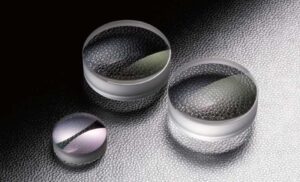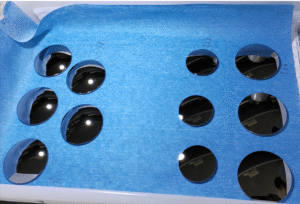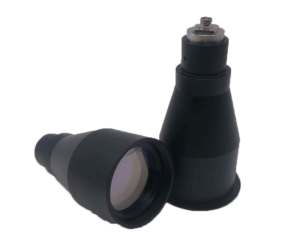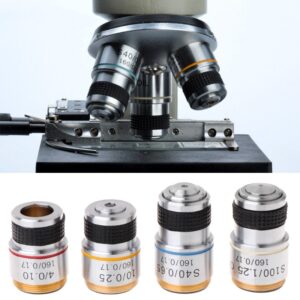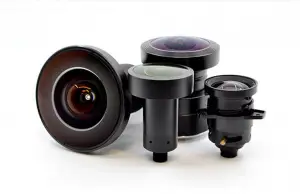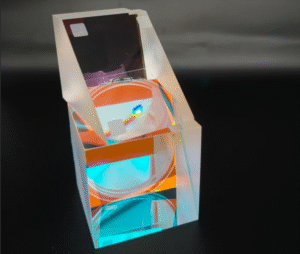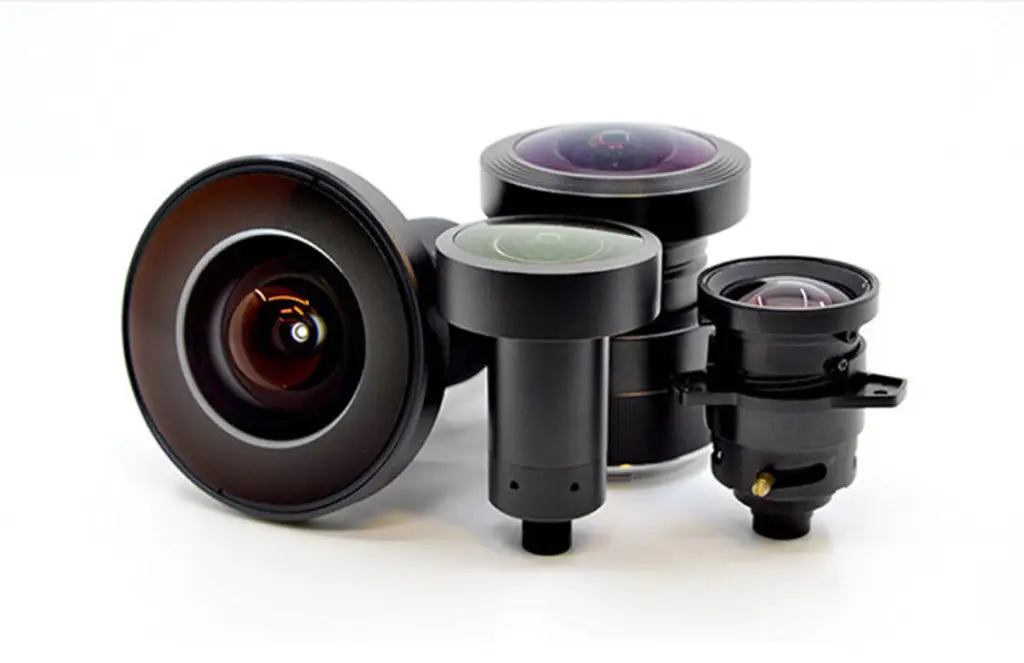Introduction
When it comes to capturing expansive views or dramatic perspectives, wide-angle lenses and fisheye lenses are two popular optical tools. While they may seem similar at first glance, they serve very different purposes in both photography and optical design. In this article, we’ll compare wide-angle lens vs fisheye, explore their features, effects, and applications, and help you understand when to use each. As an optical manufacturer, Bote offers custom optical components that can support both wide-angle and fisheye applications.
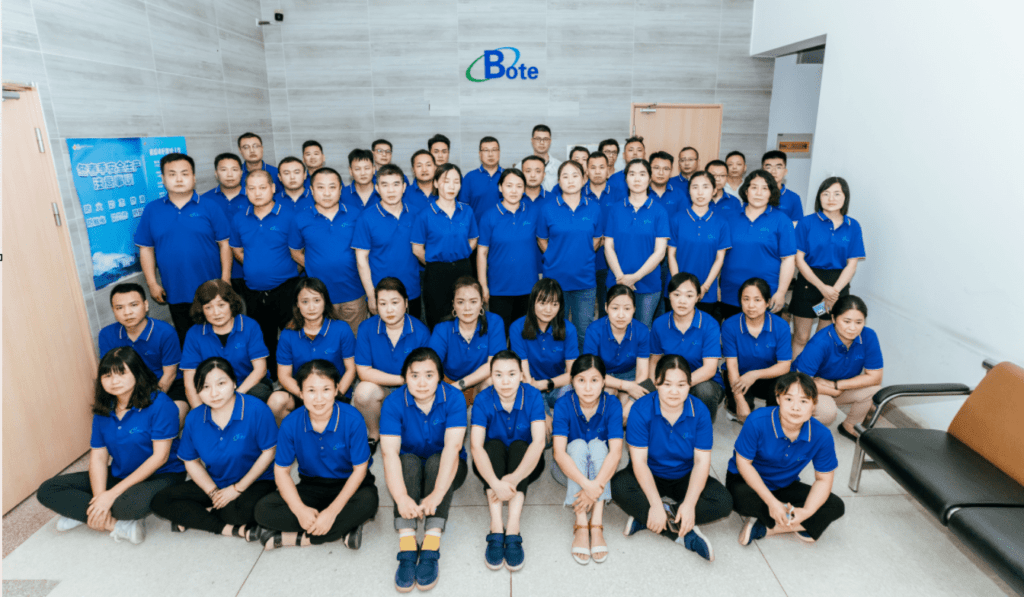
What Is a Fisheye Lens?
A fisheye lens is an ultra-wide lens that creates a distinctive hemispherical image. Instead of rendering straight lines realistically, it intentionally distorts them, producing a curved, panoramic, or spherical look.
- Angle of view: typically 100°–180°
- Fish eye lens effect: strong barrel distortion, creating a bubble-like view
- Applications: creative photography, security cameras, dome projections, VR imaging, and scientific instruments
Fish Eye Lens Effect
The fisheye lens effect bends straight lines outward, exaggerating curves and creating surreal perspectives. This makes it ideal for:
- Dramatic landscapes
- Abstract or artistic photography
- Immersive 360° and VR content
- Simulation and dome-based displays
Image: Example of fisheye distortion effectAt Bote Optical, we provide cost-effective, customized beamsplitter solutions. Contact us for a quotation tailored to your specifications.👉 For a full list of materials and coatings, see our Custom Infrared Optics page.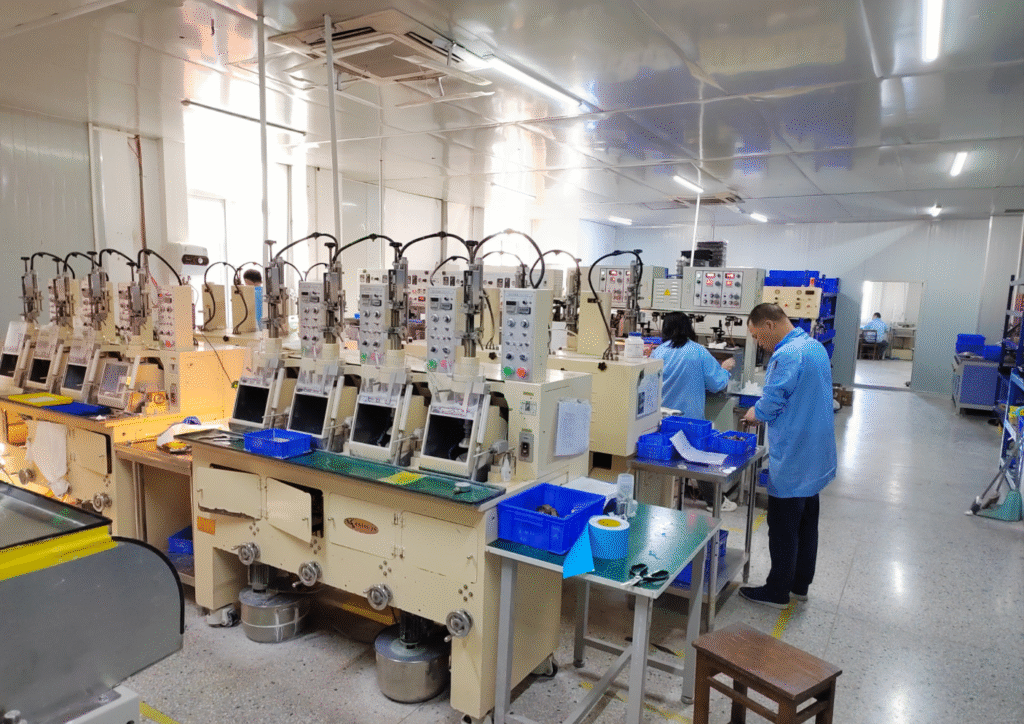
Fisheye Lens for Phone
With mobile photography growing, fisheye lens attachments for phones are widely available. They allow users to create curved, wide-angle images without expensive equipment.
- Easy to clip on and remove
- Affordable entry to fisheye effects
- Popular among vloggers, content creators, and social media users
Key Features of Wide-Angle Lenses
Wide-angle lenses provide a natural yet broad field of view without extreme distortion.
| Feature | Wide-Angle Lens |
|---|---|
| Field of View | 60°–120° |
| Distortion | Minimal, straight lines remain straight |
| Best For | Architecture, interiors, landscapes |
| Sensor Use | Works on both DSLR and mirrorless cameras |
When to Use Wide-Angle Lenses
Wide-angle lenses excel in:
- Architecture photography: Capturing entire buildings without stepping back too far
- Interior design: Making small spaces look bigger
- Group shots: Fitting more people into the frame
- Landscape photography: Conveying depth and scale naturally
 Coating Machine
Coating Machine
Key Features of Fisheye Lenses
Unlike wide-angle lenses, fisheye lenses sacrifice realism for creativity.
| Feature | Fisheye Lens |
| Field of View | 100°–180° |
| Distortion | Strong barrel distortion |
| Best For | Creative, VR, simulation, astronomy |
| Sensor Use | Specialty effect across DSLR, mirrorless, and phones |
Types of Fisheye Lenses
Fisheye lenses come in different designs:
- Circular fisheye lens – Produces a round image within a black frame.
- Full-frame fisheye lens – Covers the entire sensor with extreme distortion.
- Zoom fisheye lens – Offers flexible focal lengths for varied effects.
When to Use Fisheye Lenses
Choose fisheye lenses when you want:
- Artistic creativity: Surreal and dramatic images
- VR/AR content creation: Immersive imaging
- Scientific and technical applications: Astronomy, meteorology, or underwater imaging
- Security and monitoring: Wide-area coverage in compact systems
Wide Angle Lens vs Fisheye: Quick Comparison
| Aspect | Wide-Angle Lens | Fisheye Lens |
| Field of View | 60°–120° | 100°–180° |
| Distortion | Minimal | Extreme, curved |
| Applications | Architecture, landscape, interior | Creative, VR, surveillance |
| Output | Natural perspective | Bubble-like perspective |
How Bote Supports Wide-Angle and Fisheye Applications
At Bote, we design and manufacture custom optical components for wide-angle and fisheye applications. Whether you need precision glass lenses, coatings for VR systems, or specialized optical windows, we can tailor solutions to your needs. Our Singapore facility provides fast response and international delivery for optical customers worldwide.

Q&A Section
Q1: Is a fisheye lens the same as a wide-angle lens?
No. While both offer wide fields of view, fisheye lenses create extreme distortion for creative effects, while wide-angle lenses aim for natural-looking wide shots.
Q2: Can I use a fisheye lens for professional photography?
Yes, especially in creative, sports, and VR applications. However, for architectural or commercial photography, a wide-angle lens is usually preferred.
Q3: Do fisheye lenses reduce image quality?
Not necessarily. Modern fisheye lenses are sharp, but the distortion is intentional, not a flaw.
Q4: Are wide-angle or fisheye lenses better for small rooms?
Wide-angle lenses are better since they keep lines straight. Fisheye lenses would make walls and furniture appear curved.
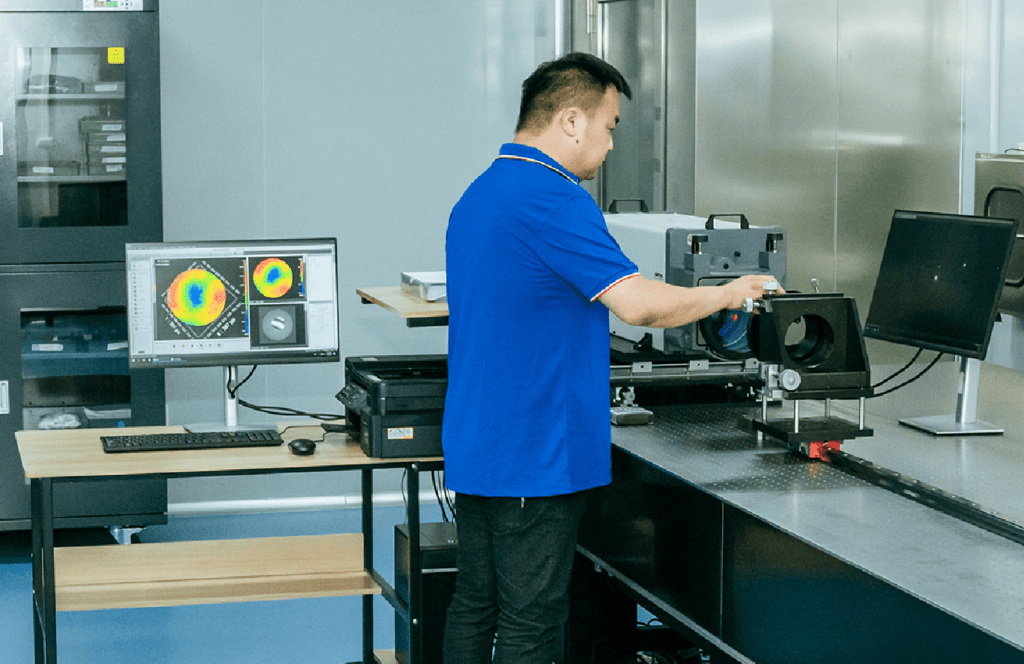
Conclusion
Both wide-angle lenses and fisheye lenses are powerful optical tools, but they serve very different purposes. If you want realistic, wide coverage, choose a wide-angle lens. If you need artistic or immersive distortion, go with a fisheye. For custom optical components supporting these technologies, explore Bote’s solutions.
Related Reads:
- What Is Interferometry?
- High-Precision IR Filters | Custom Infrared Bandpass Filters for Optical Systems
- Spherical vs Aspherical: Optical Design Tips
Boost your optics performance with custom aspheric lenses—engineered for precision, designed for excellence.

